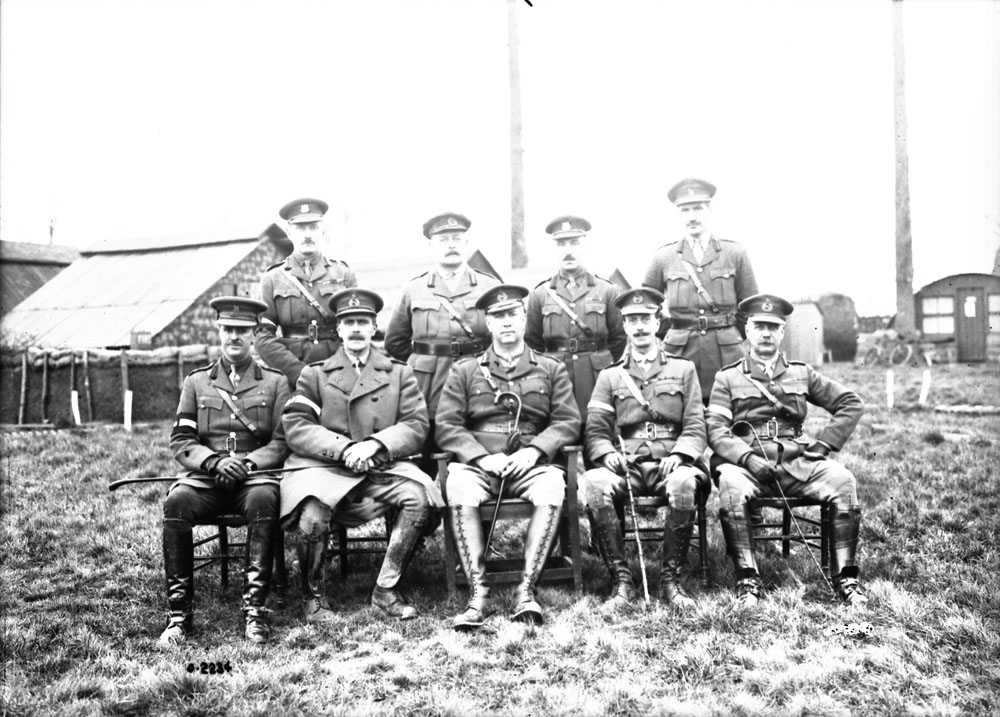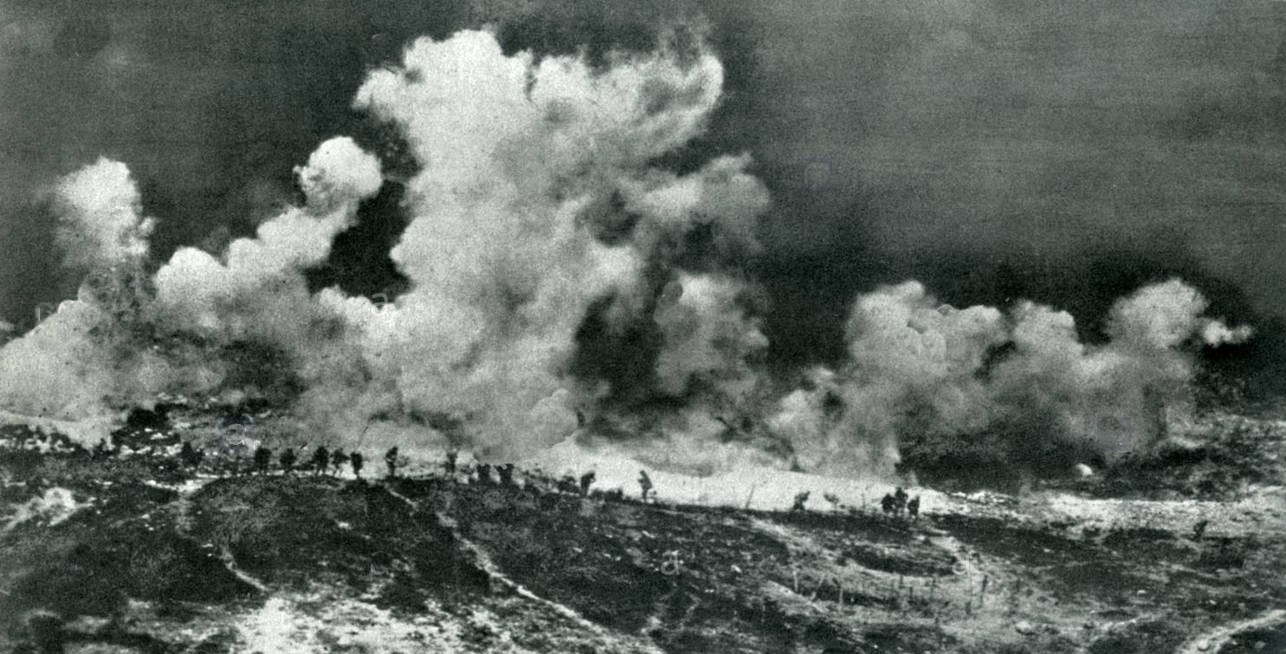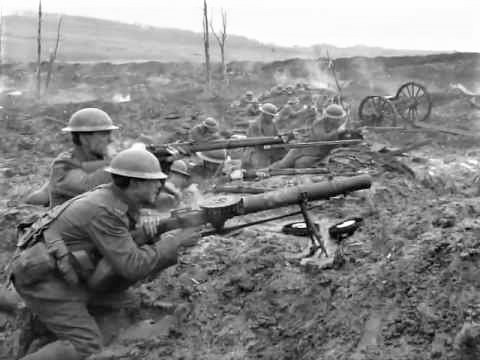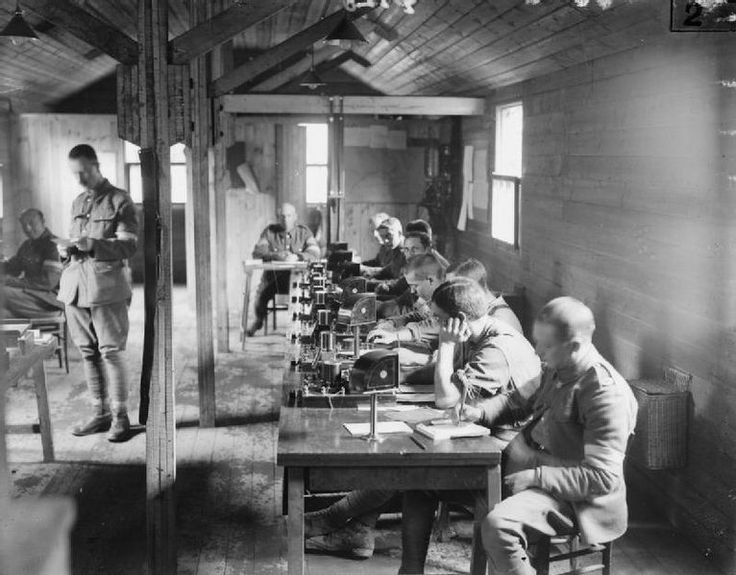Rethinking How to Attack

Every country that attempted large scale attacks in 1916 ended up suffering massive casualties. At the Somme, at Verdun and on the Eastern Front an attacking force could suffer up to 60,000 casualties in just one day. Each side's defensive firepower was simply too great and the endless lines of barbed wire and other defences fatally slowed down the attackers. As well, many attacks had failed because of a lack of rapid communication between the commanders and the front line soldiers. By the time the commanders in the reserve areas had received reports and sent new orders, too many opportunities were lost.
After the Somme Offensive Canadian planners tried to rethink how to mount an attack while minimizing casualties. They looked at their own experiences and attended conferences with British and French leaders as well.
Their main conclusions were:
A well-executed "creeping" artillery barrage allowed infantry to advance with minimal casualties to within 100 metres of German trenches. From there, the infantry could crawl another 50 metres and then rush the Germans, before they could emerge from their shelters.

Where barbed wire was cut, the infantry could move above ground, bypassing isolated German defences and leaving them for mopping-up parties. Where barbed wire was not cut movement at ground level was essentially suicidal.
The first wave should only carry rifles, Lewis guns, ammunition, large numbers of hand grenades, and two days' rations. After every advance the attackers should prepare for German counter-attacks. The Lewis gunners and grenade bombers should advance beyond the objective to set up defensive posts against German counter-attacks.

Once an attack began battalion commanders in reserve areas could not direct the attack effectively. Communications to and from the front was simply too slow and unreliable. Every Company and Platoon needed to be given specific objectives before the attack and some independence on how to reach them. The attacking troops should have time to study the battlefield and to receive a detailed briefing on their specific objectives and the objectives of the other attacking units.
During the attack it was essential that there was good communications and co-ordination between all the attack elements: the attacking troops, reinforcements, tanks, artillery, air support and the brigade command. Every element had to know where and when to move up and when to prepare for German counter-attacks. The Canadian Corps decided to use a combination of all means possible: telephones, runners, pigeons and flares, given the unpredictable characteristics of the battlefield

Once the Germans had been driven out of their front line trenches, they relied on defensive strong points as the keys to their "defence-in-depth". The best way to attack these was by flanking manoeuvres rather than frontal assaults
When the Canadians were given the task of attacking Vimy Ridge they had the opportunity to put their ideas into action.